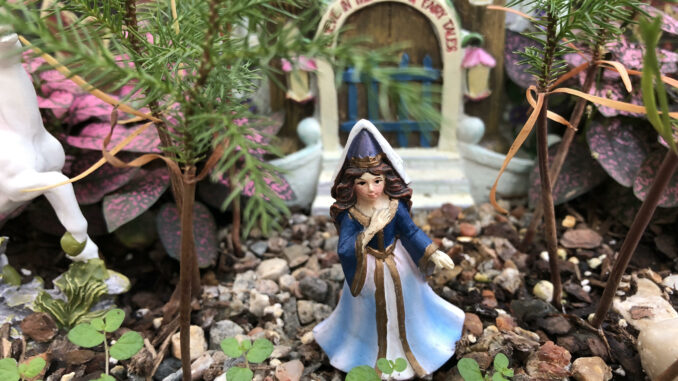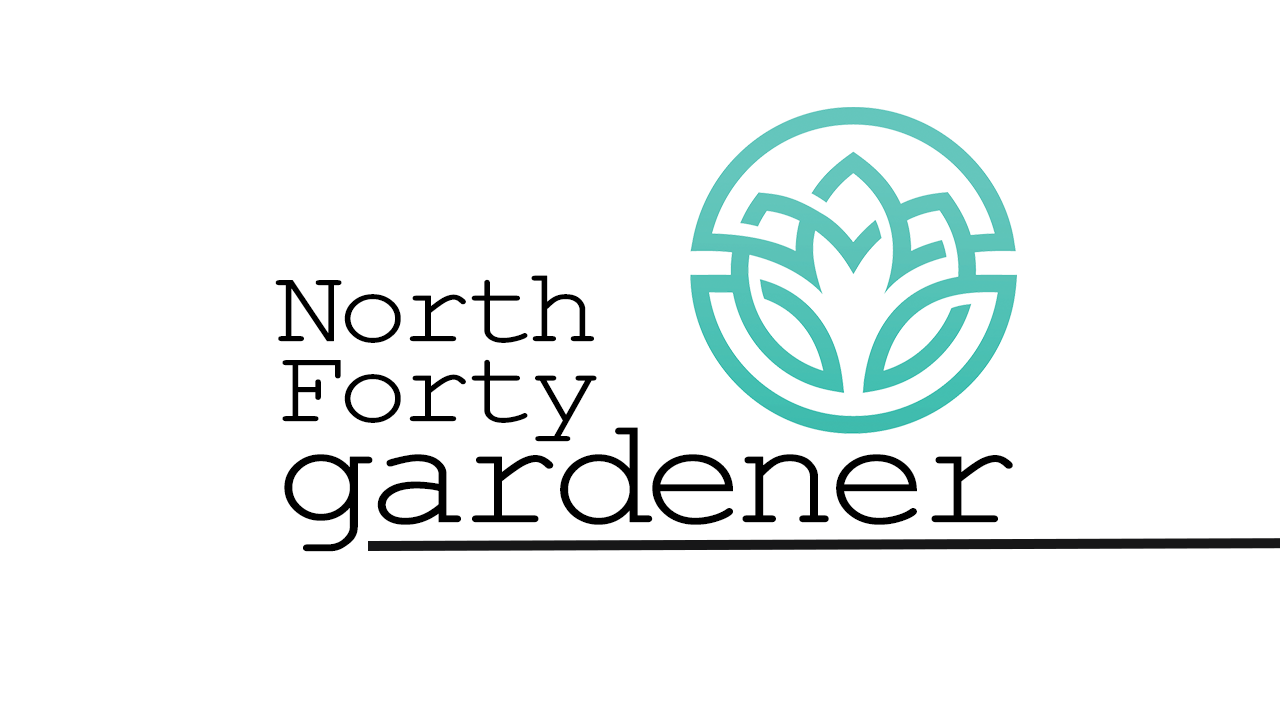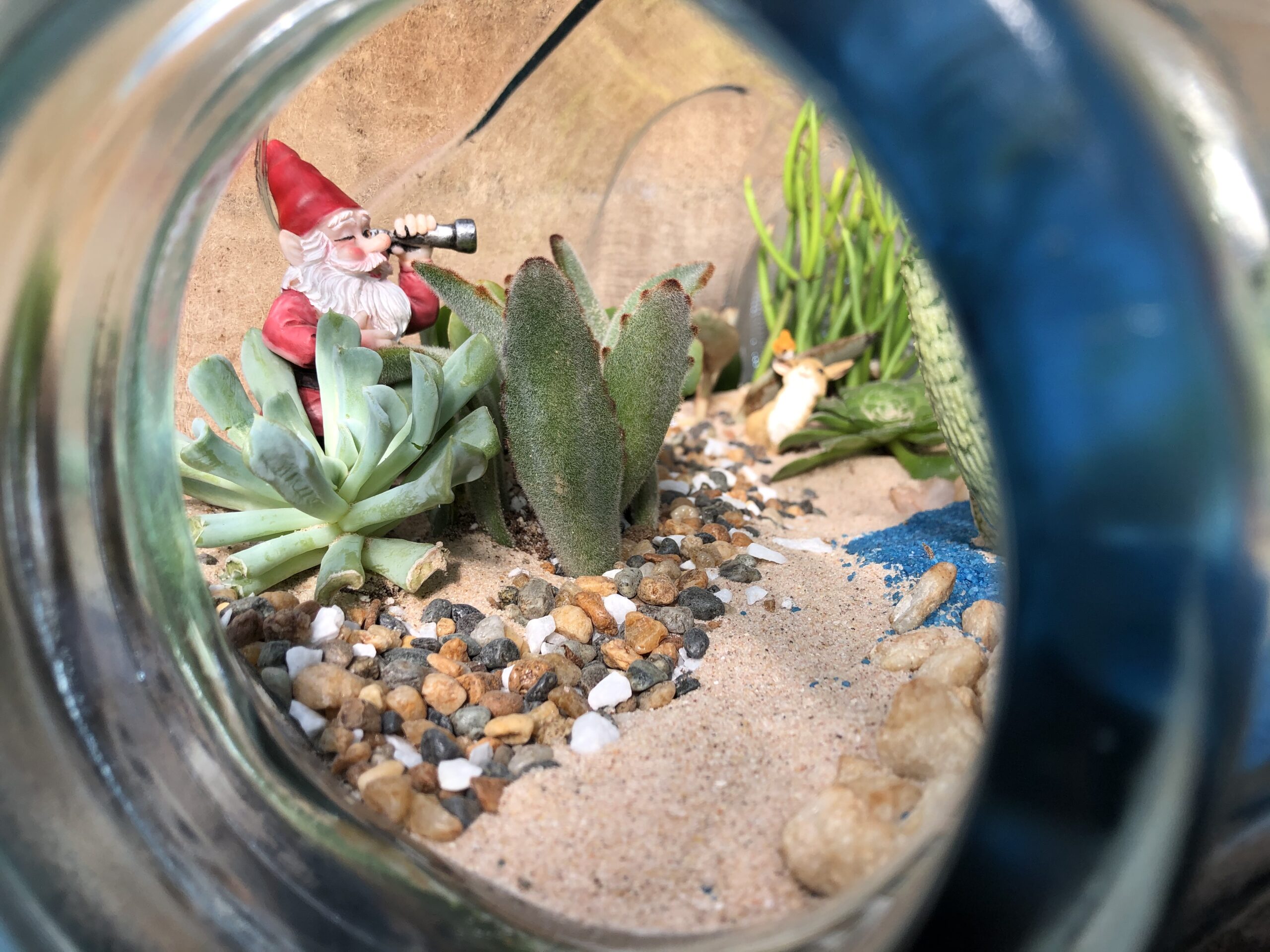

Laurel Aiello | Fort Collins Nursery
Plants have a way of unlocking our childlike wonder. Gardening allows us to express our creativity outside, and houseplants give us the freedom to design our own personal oasis indoors. But what if there was a way to create tiny landscapes in our homes, complete with real soil, miniature plants, and life-like figurines?
Fairy gardening is a timeless art that anyone can do (no, it isn’t just for kids), and there aren’t any rules for how to do it. However, a little guidance can make the difference between a magical hideaway and a cluttered mess, so here are a few tips to make creating fairy gardens fun.
DEFINE THE SPACE
First, decide where your fairy garden will live and how big it will be. Will it have a permanent home on a large table, or will it be planted in something as small and mobile as a teacup? Should it be designed in one container, or in several pots joined by bridges and paths? Will you use vertical space? It’ll be easier to create a layout if the space and flow are defined upfront, then you can decide where the other features will go.
DECIDE ON A THEME
Now comes the fun part: picking a theme. Whether it’s desert dwellers, woodland creatures, a fungi forest, or a holiday theme, there is no limit to what a fairy garden can be. Maybe you want to create a mythical land with unicorns and fairies, or perhaps a beach theme with sand and seashells is more your style. If you’re feeling really creative, you can choose a couple of themes for different corners of your fairy garden and find ways to tie them together.
Once you have a theme or two in mind, think about the types of figurines that would bring your vision to life. Local nurseries and garden centers usually have lots of fairy garden figurines to choose from, including fairies, animals, and accessories to tie it all together. You’re creating an environment and not just a collection of miniatures, so be sure to look at fairy houses, benches, ponds, rivers, lights, and whatever else could add a magical feel to the space.
CHOOSE THE RIGHT PLANTS
When making a fairy garden, the plants you choose are just as important as the figurines (it is a living art project after all). Consider the amount of light your space has and pick plants that will thrive in that environment, grouping plants with similar water needs. If you have low to medium indirect light, use ferns, moss, parlor palms, spider plants, and pileas. If your space gets bright indirect light, incorporate fittonias, ivy, creeping thyme, peperomias, or even succulents and cacti.
AVOID CROWDING
When putting all the pieces together, keep in mind that sometimes less is more. Negative space leaves some things up to the imagination, and pathways, bridges, and rivers create a sense of movement between focal points. Fairy gardens can quickly become cluttered, so decide on a handful of figurines and place them strategically. Plants grow and fill in as well. Remember, you can always add more when inspiration strikes.

Support Northern Colorado Journalism
Show your support for North Forty News by helping us produce more content. It's a kind and simple gesture that will help us continue to bring more content to you.
BONUS - Donors get a link in their receipt to sign up for our once-per-week instant text messaging alert. Get your e-copy of North Forty News the moment it is released!
Click to Donate
